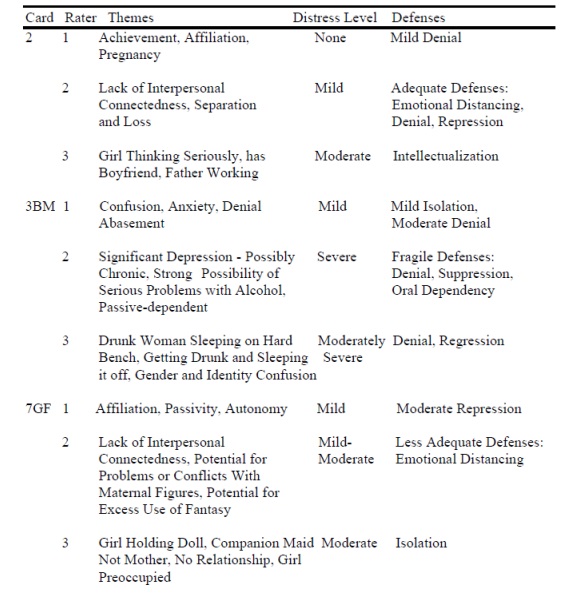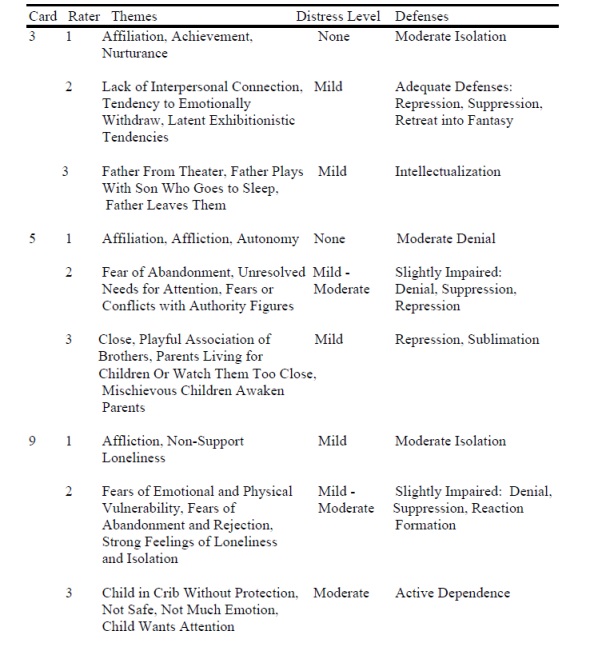This article is part of a larger work.
Return to the table of contents | Go to the next section
One Year and Beyond. Although it has been one and a half years since Dana’s death, her loss continues to affect Karl’s life. He reported that he views life differently now, stating, “You cherish life a lot more. Before, it was somewhat taken for granted. But now, we realize it is a fleeting thing and we cherish it a bit more.” Similarly, Karl explained that he sees the “here and now” as more important than before, and takes time to appreciate it, rather than focusing on the future.
Similar to Dennis, Karl also believes that losing Dana has changed his parenting style. He now “cherishes” and wants to spend more time with his new daughter. The following narrative illustrates these changes:
When five o’clock comes, I want to get home and play with my kid. Whereas before, I might pay more attention to my work. So, in a roundabout way, it may have given me a better appreciation for things.
As a further illustration, Karl is more “cautious” with his new child. He described watching after and taking more precautions with her because he does not “want to experience that type of pain again [of losing a child].” Karl thinks that having to take “extra precautions” with his current child is a “downer” and wished that he “didn’t have to do that.”
Karl now feels closer to his father and his siblings and communicates with them more. In the following narrative, he describes how he feels closer to his family since Dana’s death:
I talk to most of them more now than I did. I wasn’t very communicative, like calling them and things like that. And I do that on a more personal basis now. I mean, it helps. My relationship with my Dad has improved tremendously in terms of lines of communication and frequency, and saying “I love you” and things like that. In a weird way, I think we all make a little bit more effort.
Karl is also more apt to state his feelings toward his family. Learning to express his feelings about Dana’s loss may have led to his being able to express his feelings about other parts of his life.
Currently, Karl has many of the same feelings of guilt, emptiness, and sadness as he had during the first year after the loss. However, these current emotions are less intense than in the past. To illustrate how these feelings have abated over time, he stated, “I think as you get a little bit further removed from it, it hurts a bit less. Or, you know, there’s something to be said about time. But it doesn’t take away everything.”
Although it has been one and a half years since the loss, Karl still thinks a lot about Dana’s death. He struggles with not knowing the cause of her death. Karl often asks himself, “Why me? Why do I have to deal with this?” Furthermore, he feels that Dana’s death diverted his path in life, illustrated by the statement “It’s like you’re going on one path and then an event occurs, and it diverts your path a little bit. And some of that may be for the better, and some may be for the worse.”
To this day, Karl engages in prospective mourning. As he sees his new daughter growing up, he thinks about what Dana would be like at that age. He engages in activities with his new daughter, activities that he could never share with Dana because of her early death.
Karl has found that both the SIDS support group and the couple’s counseling have helped him cope with the loss. Both therapy modalities have aided him in expressing his feelings, especially to his wife. He stated, “When we got in more of a group situation, whether it was with other families or with a counselor, I would say things that she didn’t realize I was feeling.” He continues to be involved with the support group and does some public speaking about his experience to paramedics and firemen, to advocate for how to treat parents after they lose a baby to SIDS. In the following narrative, Karl describes how talking about the loss has helped him.
It helps me. I think I have the tendency to kinda put it [feelings] in a basket and I really need the help. Talking about it helps me. And I have some feeling that doing your research will help. And so, in a way, I am not only helping myself, but also helping others.
The Perinatal Grief Scale
Karl completed the PGS in the beginning of the first meeting. His scores were then computed and compared to the means and standard deviations of the PGS. These means and standard deviations were found in the validation study of this instrument (Potvin, Lasker, and Toedter’s,1989). Karl’s total score was 80, indicating that his total amount of grief was approximately .55 standard deviations below the mean (see Table V). His score for the Active Grief subscale was 31, indicating that his “active” or “normal” grief is 1.5 standard deviations below the mean. On the Difficulty Coping subscale, Karl scored 24, which is approximately .3 standard deviation below the mean. For the Despair subscale, Karl scored 25, which is .01 standard deviation above the mean. Essentially, Karl scored slightly below the mean on his total score, and on his Active Grief and Difficulty coping subscale, and scored slightly above the mean on the Despair subscale.
Table V.
Karl’s Perinatal Grief Scale Scores (compared to reference scores3)


3 The reference group scores were taken from Potvin, Lasker, and Toedter’s (1989) validation study.
The following pages contain two tables of the results of the rater’s responses to the T.A.T. and the C.A.T.-H. Table six illustrates the results of the T.A.T.; table seven, the C.A.T.-H. These tables list each rater’s description of the themes, distress level, and defenses of Karl’s stories to each of the cards used in the study.
Table VI.
Karl’s T.A.T. Results

Table VII.
Karl’s C.A.T.-H Results

Brief Commentary on Karl’s Results
Karl s T.A.T. and PGS were consistent with his interview, both suggesting that he was struggling with his loss. More specifically, his T.A.T. revealed that he was experiencing separation and loss (card two, rater two), while his elevated Despair subscale score on the PGS indicated that he might be having more serious and long- lasting detrimental effects of the loss. Because it is beyond the scope of this chapter to further discuss these findings, these results will be discussed in greater detail in Chapter five.
comments powered by